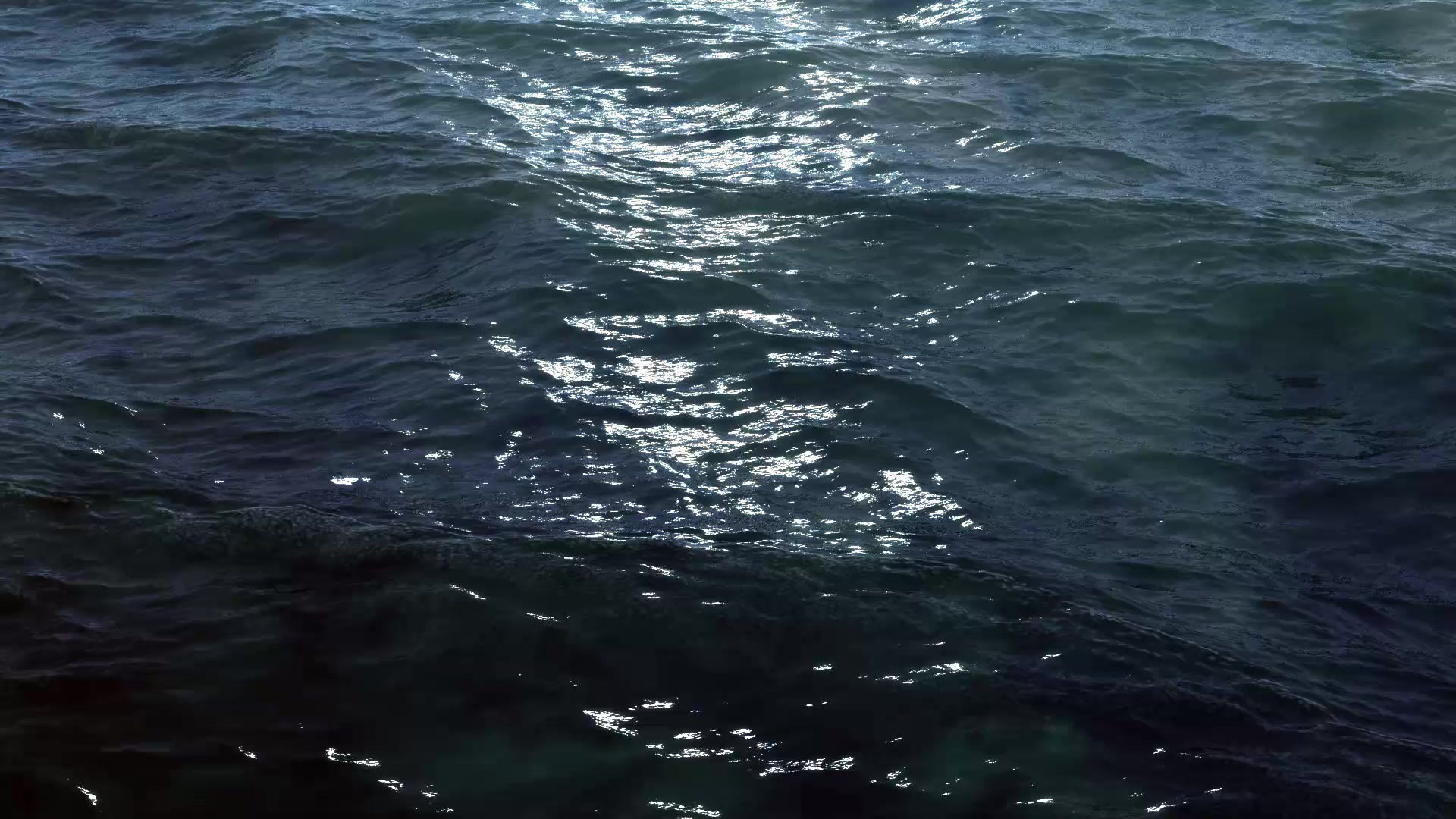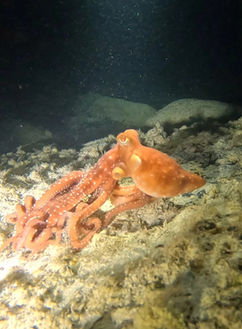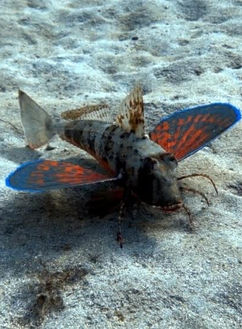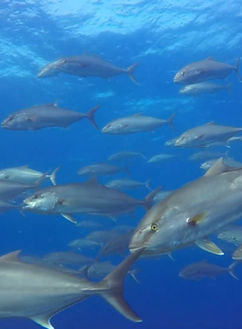

At Scuba Murcia we dive every day and have access to many amazing shore and boat dive locations across the region. With over 300 days of sunshine, year round diveable conditions and a huge variety of marine life, the region of Murcia is a world class dive location.
The Mediterranean Sea offers clear waters, diverse marine life, and fascinating underwater landscapes. However, the best time to dive in Murcia varies depending on what you want to see and the water conditions.
The average air temperature for the year is 21° C peaking to 32 in the summer months and as cold as 10 in winter. However, the water temperature in the Mediterranean sea in the Murcia region doesn't get below 15°C even in the coldest months. This makes it suitable to dive all year round, even in a wet suit. We recommend a 7mm for the coldest months or a Dry Suit if you are certified, (You can take Dry Suit course with us if you want to learn). In the summer the water can be as warm as 30°C in the shallows, suitable to dive in shorts and a rash guard!

Divers guide to Murcia
Location, Location, Location
Because of the unique location of the Cabo De Palos peninsular, with its strong currents, deep off shore water and underwater pinnacles rising to shallow depths, the waters of Murcia have some of the most diverse marine life in the whole of the Mediterranean sea. This deep water and these nutrient rich currents provide a perfect ecosystem for the indigenous wildlife. Also with the creation of the Islas Hormigas protected Marine Reserve in 1995 and the Cabo Tiñoso reserve in 2018, the marine life has had many years to regain its stronghold on the surrounding rocky reefs and marine topography making this area one of the best in the Mediterranean for diversity and abundance of marine species.

Best Times of Year to Dive in Murcia region -
The diving season generally runs from April to November, with high season in June to September. However, diving is possible year-round, with winter months offering unique encounters with certain marine species.
High Season: The warmest water temperatures, best visibility, and calmest seas occur in summer. The water temperature ranges from 24°C to 28°C (75°F to 82°F), making it comfortable for longer dives with minimal exposure protection.
Low Season (November - April): During winter and early spring, water temperatures drop to 15°C to 16°C (55°F to 61°F), requiring a thick wetsuit or drysuit. However, the lower number of divers means more peaceful dive sites, and certain species appear more frequently.
Best Time to See Specific Marine Life -
Grouper (April – November) Although here all year round
Groupers are a highlight of diving here in Murcia, found on the rocky reefs and underwater pinacles of the marine reserves. The best time to see them is during the summer and autumn months. The warmer waters of June through November bring groupers out of their deeper hiding spots, especially in marine reserve of Islas Hormigas
Barracuda (April – October)
Large schools of barracuda are commonly spotted from spring to early autumn. They prefer warm waters and are often seen in open water near the reefs, forming impressive hunting groups schooling sometimes in tornado formations. Juvilies can also be spotted at shore diving locations.
Octopus (April - November)
Octopus can be seen at most of our shore diving sites, sometimes as shallow as 2 metres. These masters of camouflage can be difficult to spot, as they hide in their dens, but our dive guides have some secrets to spotting them. The best times to find them are between Spring and autumn when they are at their most active on the rocky sea beds where they dwell.
Eagle Rays (May – October)
Eagle rays are mostly seen in the summer and early autumn. These graceful creatures prefer warmer waters, making sightings most common between May and October. In some dive sites eagle rays glide through the currents near rocky drop-offs and sandy seabeds.
Mola Mola (Sunfish) (September – December)
The elusive Mola Mola, or ocean sunfish, is a cold-water species, best seen in spring, late autumn and early winter when they come closer to the surface. The best places to encounter them include the deeper dive sites where you might encounter them close the reef being cleaned by smaller fish, or near the wrecks. .
For warm, easy diving and encounters with common Mediterranean marine life, summer and early autumn (June to October) are ideal. However, those looking for unique cold-water species like the Mola Mola should consider diving in the winter months from Novemberr to January. With varied marine ecosystems and excellent conditions throughout much of the year, the Murcia region remains a fantastic diving destination for beginners and experienced divers alike.






















